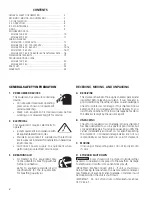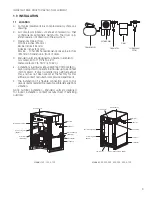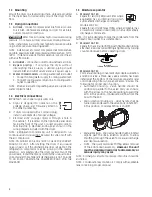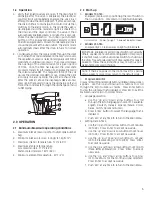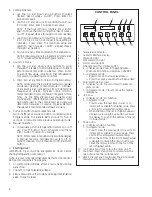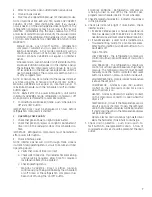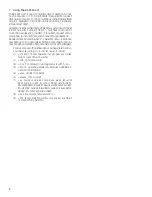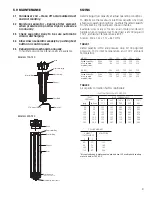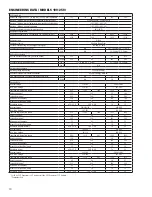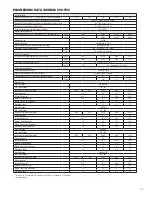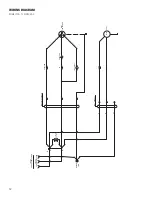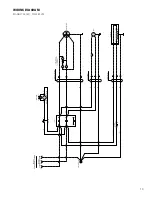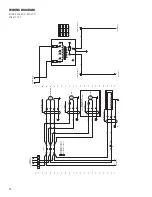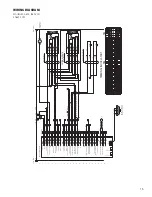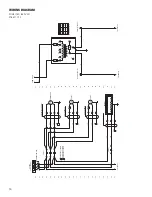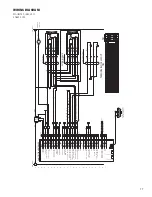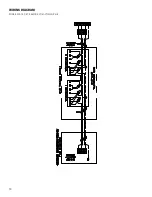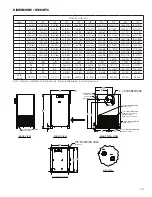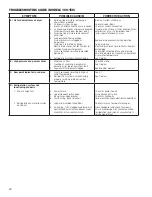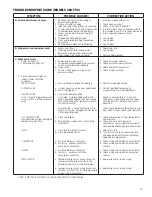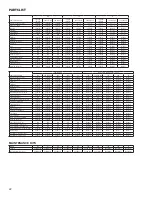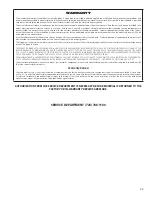
8
F.
Using the RS-232 port
The RS-232 port is used to monitor dryer operation from a
host computer. A (1 to 1) DB-9 cable is required to connect
dryer and computer. For PC connections, data is transmitted
on pin 2, received on pin 3, ground is pin 5, pins 7 and 8 are
jumpered at dryer.
Operation is at fixed baud rate of 9,600; asynchronous format
is 8 bit, no parity, 1 stop bit (“8,N,1”). No check sum or error
correction values are provided. If required, request status
string two (or more) times and compare for agreement.
Request data by sending ASCII ? character (3FH). Response
may take up to two seconds as certain processing functions
may require completion before serial port is acknowledged.
Dryer responds with line feed (0AH), carriage return (0DH),
and character string: (1), (2), (3), (4), (5), (6), (7), (8), (9)
(1) = STX (start-of-text character, may appear as a smiley
face or some other character
(2) = 108, Control board ID
(3) = 0 or 1, Compressor running status (0=off, 1=on)
(4) = M or S, Operating Mode (M= MANUAL OVERRIDE, S
= SCHEDULE RUNNING)
(5) = xxxx, HOURS TO SERVICE
(6) = xxxxxx, TOTAL HOURS
(7) = xx, Alarm or Service Code (0=no alarm, 30=LOW
PRESSURE ALARM, 31=HIGH PRESSURE ALARM,
32=COMPRESSOR ALARM, 36=HIGH EVAP TEMP ALARM,
37=HEATER ALARM, 38=DRAIN ALARM, 39=SERVICE
DRYER, 41=TEMP SENSOR ALARM)
(8) = xx.x, Evaporator temperature (°F)
(9) = ETX, (end-of-text character, may appear as a heart
or some other character)


